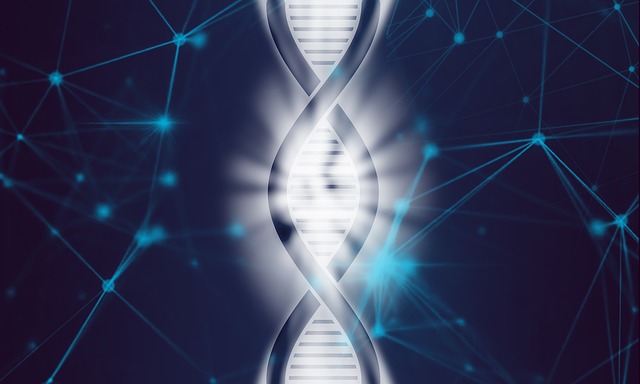
Introduction
As we delve into the realm of 432 Hz music, we uncover many intriguing studies about music. My interest in music stems from the fact that while sound is invisible, it can be perceived through our senses as vibrations, wavelengths, and frequencies. The interplay of physics and the art of music fascinates me.
In this article, I introduce a fascinating lecture by Associate Professor Ikuo Miura from Hiroshima University’s Amphibian Research Center, shared on their official YouTube channel. His discussion combines the topics of DNA and music, creating a fresh and unique perspective.
The video introduces an experiment where DNA, based on its structural principles, is expressed through music. The discussion evolves into the question, “What is music?” The professor points out that while birds, insects, and animals produce sounds, these do not qualify as “music.” Humans are uniquely capable of creating music.
Music, fundamentally, consists of phrases that transform and repeat. This characteristic resonates with the repetitive patterns of DNA sequences, drawing parallels between musical structures and life’s genetic carriers.
The idea emerges: since DNA and music share structural principles, can we express DNA as music?
According to Dr. Susumu Ohno (1928–2000), a geneticist, the musicality of DNA lies in its repetitive yet evolving sequences. This fascinating idea prompts the question: what kind of music might emerge from the DNA of various organisms?
However, there’s a challenge: DNA consists of four bases (A, G, T, C), whereas Western music operates on an eight-note octave. To translate DNA sequences into music, a conversion is required. Dr. Ohno proposed a rule for this conversion.
Not limited to human DNA, the lecture explores the music of other species. Being an amphibian researcher, the professor introduces music derived from the DNA of the Japanese giant salamander, reflecting the soothing sounds of rivers where these creatures live.
Interestingly, these compositions are created by individuals with no formal musical training, emphasizing that this process is more about conversion than composition.
The video raises another thought-provoking question: What if professional musicians undertook this conversion?
Professional musician Masamichi Sugi, known for the song “Whisky ga Osukidesho”, and a graduate of Hiroshima University, created music based on the repetitive sequences (Xba repeats) of the giant salamander genome. The result is a beautiful and captivating composition (27:01).
This type of research has garnered positive attention in international academia. Indeed, the scientific world seems to be steadily moving toward unveiling profound truths.
For further exploration, research papers are available here:
Hiroshima University Library Repository
The Melody of Giant Salamander Genes: Science, Romance, and the Unknown Territories of Life (2005).
DNA music of humans and giant salamander
https://ir.lib.hiroshima-u.ac.jp/00046412
Although the connection to 432 Hz music may initially seem tenuous, this idea opens a fascinating possibility: what if music derived from DNA sequences were tuned to the natural resonance of 432 Hz?
Music at 432 Hz is often described as resonating with the vibrations of the universe and nature, promoting mental and physical healing. Scientifically speaking, every cell contains a nucleus housing DNA, which, with its double-helix structure, vibrates at a fundamental level.
When music derived from DNA resonates with such vibrations, it is easy to imagine the positive effects on our well-being. This brings us closer to understanding why music has such profound healing properties, both scientifically and intuitively.